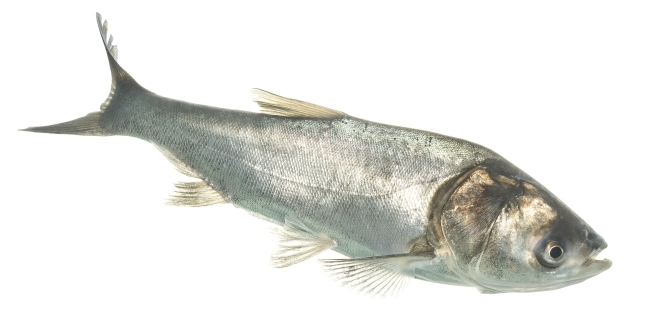|
Getting your Trinity Audio player ready...
|
Author Caleb Aldridge describes his latest Practice Insights highlighting the benefits of using SMART objectives for environmental management.
The findings and conclusions in this article are those of the author and do not necessarily represent the views of the U.S. Fish and Wildlife Service.
In the realm where art meets science, crafting effective natural resource and environmental management objectives mirrors the detailed process of painting, where the melding of scientific principles with creative expression leads to impactful results.
Similar to how artists use colour theory to apply colour contrasts that breathe depth into their work, our research explores the synergy between a structured methodology and the creative aspects of writing good management objectives for natural resource and environmental management.

The Science of Good Management Objectives
Our investigation into writing SMART (Specific, Measurable, Achievable, Relevant and Time-bound) management objectives underscores the pivotal role of management objectives in directing conservation efforts effectively.
As we state in the article, “[i]f management objectives are incomplete, wrong, or simply not stated, effort and other finite resources may be misdirected to the wrong problem, and new problems or conflicts can arise”, highlighting the necessity for precision and clarity.
Through the lens of Structured Decision Making and Management by Objectives frameworks, we dissect Doran’s SMART criteria, advocating for clear definitions of what is being managed, how it is being measured, the desired direction for the measurement, when progress will be assessed, and ensuring realistic and relevant alignment with other management objectives and broader conservation goals.
The SMART Management Objective Template
To facilitate the practical application of these concepts, we introduced a Mad LibTM style template for drafting SMART management objectives.

This tool was created to bridge the gap between management science and conservation practice, enabling managers to apply a rigorous yet creative process. The template embodies the intersection of art and science, providing a structured way to infuse management plans with both analytical depth and creative insight.
Success Stories from the Field
The efficacy of our SMART management objective template is showcased through two case studies.
Streamlining Lake Management Plans: The Mississippi Department of Wildlife, Fisheries, and Parks utilized the template to standardize fisheries management objectives, transforming 325 objectives from 64 plans into 76 SMART management objectives. This process not only clarified the management focus but also facilitated the efficient alignment of objectives with conservation actions, exemplified by redefining crappie angler catch rate objectives for better system management and decision-making.
Adopting a Common Lexicon in Invasive Carp Management: In addressing the invasive carp issue in the Mississippi River Basin, the SMART management objective template helped clarify management objectives among multiple stakeholders, transforming vague concerns into actionable goals. This clarity improved communication, streamlined decision-making processes, and distinguished between different types of management objectives, ultimately saving time and reducing frustration in planning.

These real-world examples highlight the transformative potential of integrating scientific principles with strategic creativity, leading to enhanced outcomes in biodiversity preservation, resource management, and environmental stewardship.
Invitation to Explore the Confluence of Art and Science
We invite conservationists, environmental managers, and others to utilize the SMART management objectives template in their efforts. By integrating the precision of science with the creativity of art, it’s possible to craft nuanced, effective conservation strategies that are both impactful and inspired.
Read the full Practice Insights: “Writing SMART objectives for natural resource and environmental management” in Ecological Solutions and Evidence.
